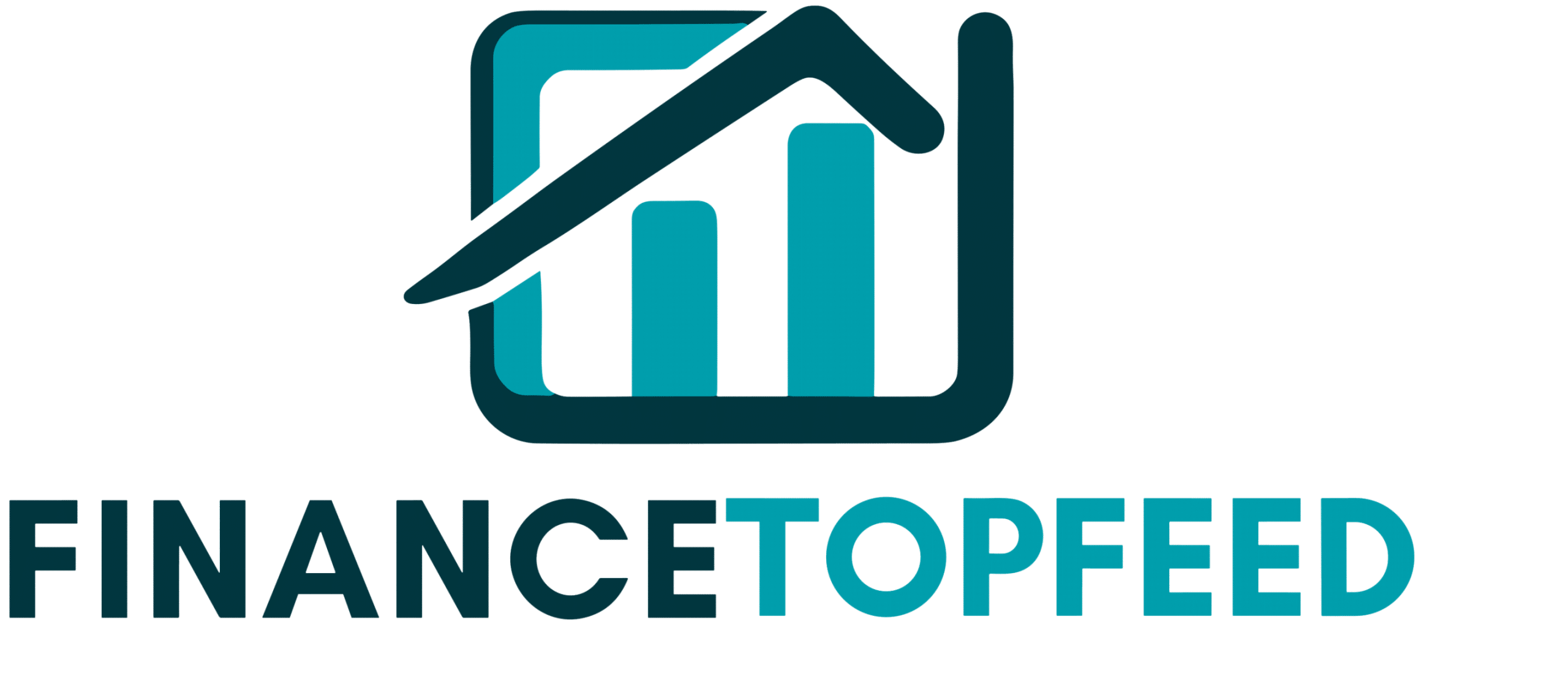Advertising
Financing a car in the United States is one of the most common ways to afford reliable transportation.

Since cars often cost tens of thousands of dollars, very few people can pay in cash upfront. Auto loans bridge this gap by spreading the cost over several years, making ownership accessible while maintaining financial flexibility.
Instead of draining savings or delaying a purchase, borrowers can secure financing and drive immediately, while managing predictable monthly payments.
Why Finance Through Auto Loans in the U.S.?
Another reason auto loans are popular is the wide variety of options available. From traditional banks and local credit unions to online lenders and manufacturer-backed financing, borrowers have more choices than ever.
Each comes with unique advantages, such as lower rates, special promotions, or the convenience of digital platforms. This competitive environment benefits the customer, who can compare lenders and secure better terms.
Auto loans also serve as an opportunity to build or strengthen credit. By making consistent, on-time payments, borrowers demonstrate financial responsibility.
Lenders report this activity to the major credit bureaus, which helps improve credit scores over time. A higher score not only opens the door to better future auto loans but also lowers the cost of mortgages, credit cards, and other borrowing.
Lastly, financing provides flexibility for different financial goals. Some borrowers may prefer shorter terms to pay off their car quickly and minimize interest, while others may prioritize lower monthly payments with longer terms.
This ability to customize repayment plans ensures that auto loans can adapt to different stages of life and financial needs.
Main Benefits for U.S. Auto Loan Options
One major benefit of the U.S. auto loan market is the ability to prequalify without impacting credit scores. Many lenders now offer soft inquiries that let borrowers preview rates and terms before submitting a formal application.
This transparency gives buyers confidence as they step into dealerships or shop online, knowing what they can realistically afford.
Another benefit is the diverse loan structures available. Traditional auto loans are common, but many lenders also offer refinancing options, allowing borrowers to reduce monthly payments or interest costs if their credit improves or rates drop.
Leasing is another alternative, appealing to drivers who prefer lower payments and the chance to upgrade vehicles every few years. These different approaches ensure there is a financing solution for nearly every type of borrower.
Borrowers also gain from digital innovation. Online marketplaces and bank portals provide calculators, loan comparison tools, and easy application processes.
This convenience means buyers can research and apply for financing without leaving their home, often receiving approvals within hours. For busy professionals and first-time buyers, this streamlined approach saves time and effort.
Finally, there are brand-specific incentives. Manufacturer-backed financing programs, such as Toyota Financial Services or GM Financial, often feature promotions like 0% APR, cashback offers, or loyalty rewards for repeat customers.
These deals can make financing through an automaker’s financial arm more attractive than traditional banks, especially for brand-loyal buyers.
Cons for U.S. Auto Loan Options
Despite the advantages, auto loans also come with drawbacks. The biggest is the cost of interest over time. Borrowers who stretch payments across 72 or 84 months may face thousands of dollars in added interest, making the car much more expensive than its purchase price.
While long terms reduce monthly payments, they increase total borrowing costs significantly.
Another challenge is the issue of vehicle depreciation. Cars lose value quickly, often 20–30% within the first two years.
Borrowers who finance over long terms may find themselves owing more on the loan than the car is worth, a situation known as being “underwater” or “upside down.” This complicates refinancing and trade-ins, limiting financial flexibility.
Creditworthiness also plays a critical role. Borrowers with poor or limited credit histories may face higher APRs and less favorable loan terms, making financing much more costly.
While some subprime lenders offer easier approvals, these loans often come with significantly higher rates and fees, which can burden borrowers over time.
Lastly, while having many options is beneficial, it can also be overwhelming. Navigating between banks, credit unions, online platforms, and dealership financing requires research and patience.
Without careful comparison, borrowers may settle for higher rates or unfavorable terms simply because they rushed the process.
How to Prepare Before You Apply
Preparation is the key to securing the best possible financing. The first step is to review your credit report and correct any errors.
Since your credit score is a major factor in determining your APR and eligibility, even small improvements can save thousands of dollars over the life of the loan.
Paying down existing debts or avoiding new credit inquiries before applying can also strengthen your financial profile.
Next, it is crucial to set a realistic budget. Buyers often focus only on the monthly payment, but true affordability includes insurance, fuel, maintenance, and registration costs.
Using online calculators to estimate monthly obligations ensures you don’t overstretch your finances. Establishing this full budget beforehand allows you to shop with confidence and avoid financial stress later.
It’s also wise to research multiple lenders. Don’t limit yourself to the dealership. Compare rates from banks, credit unions, and online platforms to see the full range of options.
Manufacturer-backed promotions may provide special savings, but only by comparing offers can you confirm which one is the best fit for your needs.
Finally, prepare your documentation ahead of time. Proof of income, employment verification, and government-issued identification are standard requirements. Having these documents ready speeds up the process and increases your chances of a smooth approval.
How to Apply for Auto Loans in the U.S.
- Check your credit score – Understand your starting point.
- Establish your budget – Consider the full cost of ownership, not just monthly payments.
- Research lender options – Compare banks, credit unions, online platforms, and manufacturer programs.
- Prequalify online – Explore terms with soft credit checks before committing.
- Select your loan type – Choose between financing, leasing, or refinancing.
- Submit your application – Provide financial and personal details.
- Upload supporting documents – Include income proof, employment records, and ID.
- Review offers carefully – Compare APRs, repayment terms, and total loan costs.
- Sign the agreement – Complete financing paperwork digitally or at a dealership.
- Manage your loan – Set up autopay, track payments, and monitor credit impact.
When you click, you will be redirected








